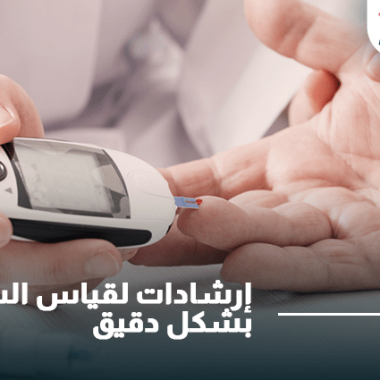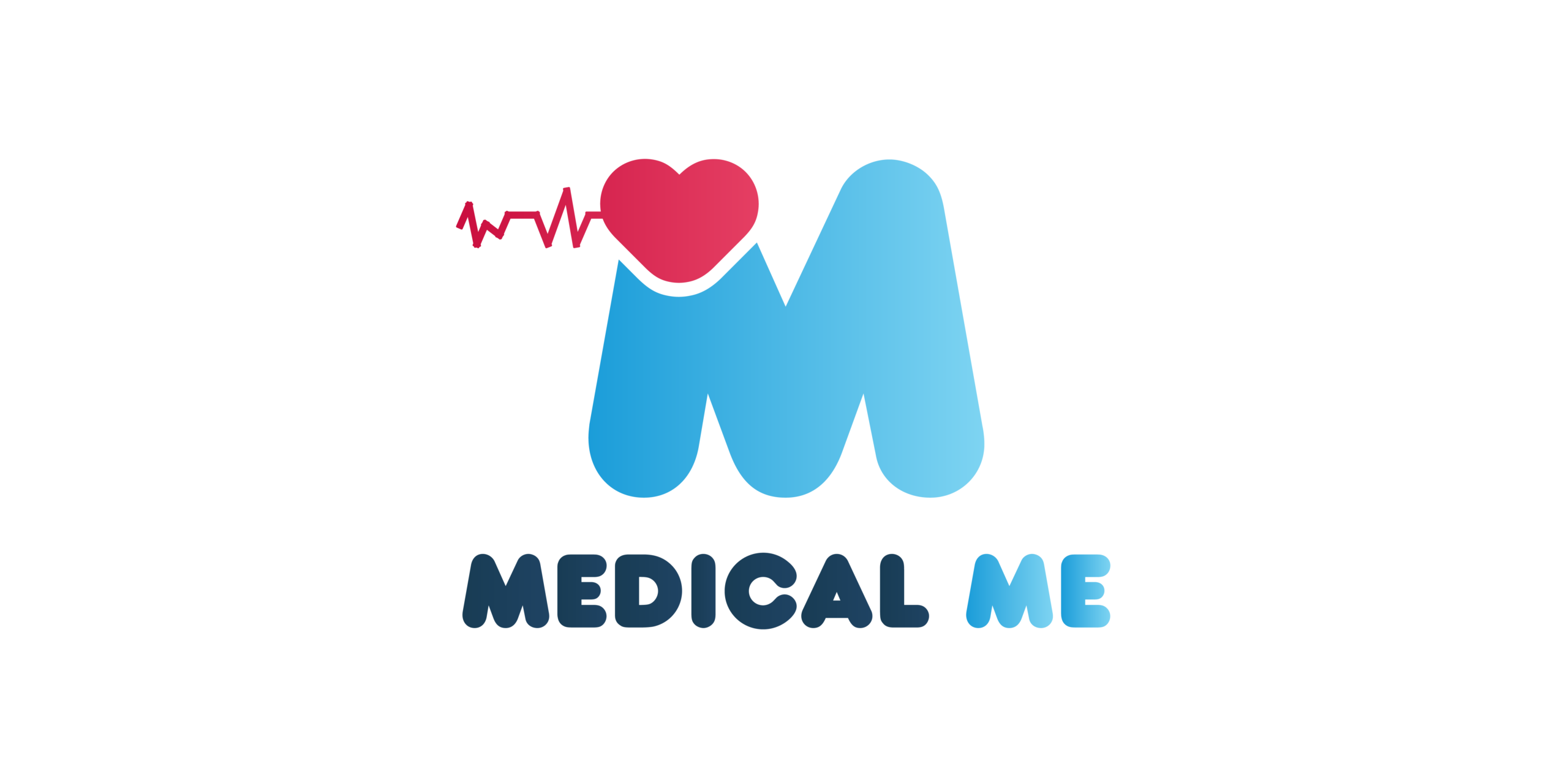It is one of the most common diseases which may cause death.
What is Diabetes?
Diabetes is high blood glucose level which may be due to abnormal insulin level. It is a hormone produced by certain cells in the pancreas. It regulates blood glucose level and body’s metabolism. It allows glucose to enter cells and produce energy.
Types of Diabetes
Diabetes is primarily categorized into three main types: Type 1, Type 2, and gestational diabetes.
1. Type 1 Diabetes:
Type 1 diabetes, often referred to as juvenile, typically develops in childhood or early adulthood. It is an autoimmune condition in which the body’s immune system mistakenly attacks and destroys insulin-producing beta cells in the pancreas. This results in a lack of insulin, a hormone essential for regulating blood sugar. People with Type 1 diabetes require lifelong insulin therapy to manage their blood sugar levels.
2. Type 2 Diabetes:
Type 2 is the most common form of diabetes, accounting for approximately 90% of all cases. It often develops in adulthood, but its prevalence among younger individuals is increasing due to lifestyle factors.
In Type 2 , the body still produces insulin, but it becomes less effective at regulating blood sugar levels. This is known as insulin resistance. Lifestyle modifications, including diet and exercise, are crucial in managing Type 2 diabetes, although medication or insulin therapy may also be necessary.
3. Gestational Diabetes:
Gestational occurs during pregnancy and affects approximately 2-10% of pregnant women. It usually resolves after childbirth, but it increases the risk of developing Type 2 later in life for both the mother and child.
Causes and Risk Factors
The causes of this disease are multifaceted and often involve a combination of genetic, lifestyle, and environmental factors.
1. Genetics:
There is a genetic predisposition to disease. If you have a family history of this disease , you may be at an increased risk.
2. Obesity:
Excess body weight, particularly around the abdomen, is a significant risk factor for Type 2 . Obesity is closely linked to insulin resistance.
3. Sedentary Lifestyle:
Lack of physical activity can contribute to the development of Type 2 diabetes. Regular exercise improves insulin sensitivity and helps control blood sugar levels.
4. Poor Diet:
A diet high in sugary, processed foods and low in fiber-rich fruits and vegetables can increase the risk of Type 2 diabetes.
5. Age:
The risk of Type 2 diabetes increases with age, particularly after the age of 45.
6. Gestational Factors:
During pregnancy, hormonal changes can affect insulin sensitivity, leading to gestational diabetes.
diabetes symptoms
can vary depending on the type and stage of the disease. Common symptoms include:
- Frequent urination
- Excessive thirst
- Unexplained weight loss
- Fatigue
- Blurred vision
- Slow wound healing
- Frequent infections
It’s important to note that some people with Type 2 diabetes may not experience noticeable symptoms, which is why regular check-ups and screenings are crucial for early detection.
Complications
Untreated or poorly managed this disease can lead to a range of serious health complications, including:
1. Cardiovascular Disease:
significantly increases the risk of heart disease, stroke, and other cardiovascular problems.
2. Kidney Disease:
can damage the kidneys over time, leading to chronic kidney disease and the need for dialysis or transplantation.
3. Nerve Damage (Neuropathy):
Diabetic neuropathy can result in pain, tingling, or numbness in the extremities. Severe cases can lead to amputation.
4. Eye Problems (Retinopathy):
Diabetic retinopathy can cause vision problems and even blindness if left untreated.
5. Foot Complications:
Diabetic foot ulcers, often due to poor circulation and nerve damage, can lead to serious infections and amputations.
6. Skin Conditions:
can make the skin more susceptible to bacterial and fungal infections.
Management and Treatment
Effective management of this diseaseinvolves a multifaceted approach:
1. Blood Sugar Monitoring:
Regular monitoring of blood sugar levels helps individuals with this disease make informed decisions about their diet, exercise, and medication.
2. Medications:
For Type 1 diabetes, insulin therapy is essential. Type 2 disease may require oral medications, injectable medications, or insulin, depending on the severity and progression of the disease.
3. Lifestyle Modifications:
- Diet: A balanced diet rich in whole grains, fruits, vegetables, lean protein, and healthy fats can help control blood sugar levels.
- Exercise: Regular physical activity improves insulin sensitivity and overall health.
- Weight Management: Achieving and maintaining a healthy weight is crucial, especially for individuals with Type 2 diabetes.
4. Education:
Education about diabetes management, including how to administer insulin, count carbohydrates, and monitor blood sugar, is essential for those living with the condition.
5. Regular Medical Check-ups:
Frequent visits to healthcare providers for check-ups, eye exams, and foot care are vital in preventing complications.
Prevention
While some risk factors for disease, like genetics, cannot be changed, there are several ways to reduce the risk of developing Type 2 diabetes:
1. Maintain a Healthy Weight:
Losing excess weight and maintaining a healthy BMI significantly reduce the risk of Type 2 diabetes.
2. Adopt a Balanced Diet:
Eating a diet rich in whole foods, high in fiber, and low in added sugars can help prevent this disease.
3. Be Physically Active:
Regular exercise improves insulin sensitivity and helps maintain a healthy weight.
4. Limit Alcohol and Avoid Smoking:
Excessive alcohol consumption and smoking can increase the risk of this disease.
5. Manage Stress:
Chronic stress can contribute to insulin resistance. Practicing stress management techniques like mindfulness and relaxation can be beneficial.
What are the symptoms of diabetes?
1- Increase of blood glucose level to 160-180 mg/dl.
2- Increased frequency of urination.
3- Feeling thirsty more than usual.
4- Losing weight.
5- Feeling fatigue.
Diagnosis of this disease:
Doing some blood examination tests: fasting blood sugar test, postprandial blood sugar test or Random test.
You can use home blood glucose devices to measure your blood glucose level.
Treatment of this disease:
1- Following a healthy diet and lifestyle.
2- Doing daily exercises.
3- Taking medications prescribed by the doctor.
Sources:














